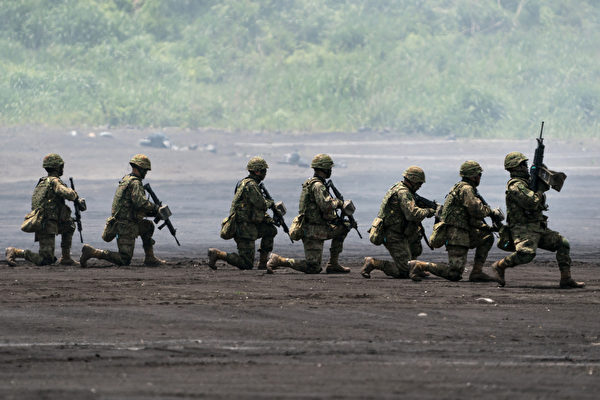The Japanese House of Councillors passed and promulgated the amended “Defense Ministry Establishment Law” on Thursday, with the establishment of a permanent institution called the “Joint Operations Command” being a key component. This new command center aims to centralize the command of the Ground, Maritime, and Air Self-Defense Forces, potentially serving as a coordination hub to enhance the joint operational capabilities of the US and Japan military forces.
According to media reports, the Joint Operations Command is scheduled to be established in Tokyo at the end of the 2024 fiscal year, with a staff of 240 people. It will be responsible for commanding comprehensive operational actions in land, sea, air, space, cyber, and electromagnetic fields.
In 2006, the Self-Defense Forces established the Joint Staff Headquarters, which was responsible for coordinating the actions of the Ground, Maritime, and Air Self-Defense Forces. The highest-ranking officers of the three services, including the Chief of Joint Staff, were tasked with assisting the Defense Minister in formulating strategies and commanding operations. However, with the establishment of the Joint Operations Command, operational command will now be overseen by the Joint Operations Commander. This commander will hold equivalent rank to the Chiefs of Staff of the Ground, Maritime, and Air Self-Defense Forces, commanding operations based on coordination with the US military.
Before its establishment, Defense Minister Tatsunori Kinohara emphasized the significance of setting up the “Joint Operations Command” during a press conference, stating that it would enable the centralized command of troops on a daily basis and allow for the more rapid development of a flexible defense system according to changing situations and circumstances.
At the end of 2022, the Japanese government passed three security documents, including the “National Security Strategy,” deciding to possess retaliatory capabilities (enemy base attack capabilities). However, the utilization of these capabilities relies heavily on cooperation with the US military, including the setting of attack targets. Therefore, operational cooperation with the US military in command and control will become increasingly important in the future.
During the Japan-US summit in April of this year, both countries agreed to enhance the command and control functions of their respective forces. At the Japan-US-Australia-Philippines Defense Ministers’ Meeting held in Hawaii last Thursday (May 2), both Japan and the US reaffirmed their commitment to strengthening interoperability between US forces and the Self-Defense Forces to address unexpected events in the Taiwan Strait and surrounding areas.
The US is also considering expanding the authority of its military command headquarters in Japan.

